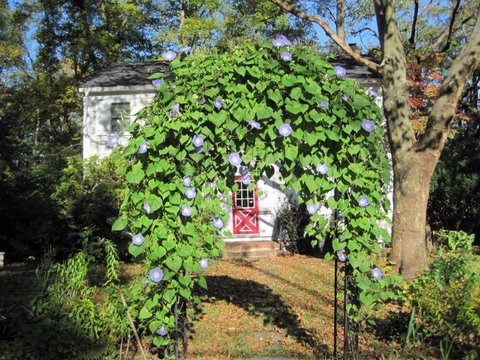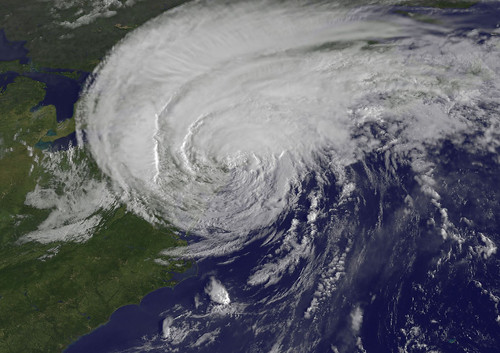In the last post, TheGardenLady wrote about Edible Landscaping, the American Horticulture Society’s pick for one of the top four best gardening books for 2011. To see the other books that the American Horticulture Society thinks are the best books for 2011 check out their website.They also list their gardening book winners for the past few years.
When looking at books, there are two authors whose books are always excellent. First there is Michael A. Dirr. Dirr is a professor of horticulture at the University of Georgia and the author of twelve books. Dirr has received the highest teaching and gardening awards from the University of Georgia, American Society of Horticultural Science, American Horticultural Society, American Nursery & Landscape Association, Massachusetts Horticultural Society, Southern Nursery Association, and Garden Club of America. His most famous book seems to be “Dirr’s Hardy Trees and Shrubs: An Illustrated Encyclopedia,” but I recommend any of his books for any garden lover.
Another author with excellent books for gardeners is Dr. Allan Armitage (see here) who mostly writes about herbaceous perennial plants. His most recent book won the American Horticultural Award for best gardening book in 2011. This book is:
“Armitage’s Vines and Climbers” by Allan M. Armitage Timber Press, Portland, Oregon













